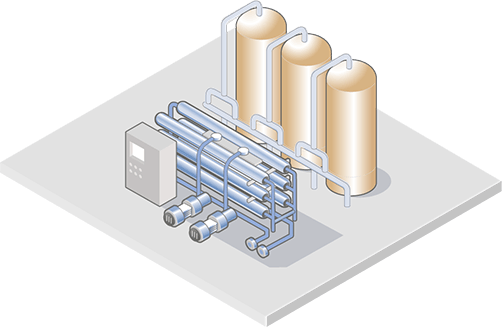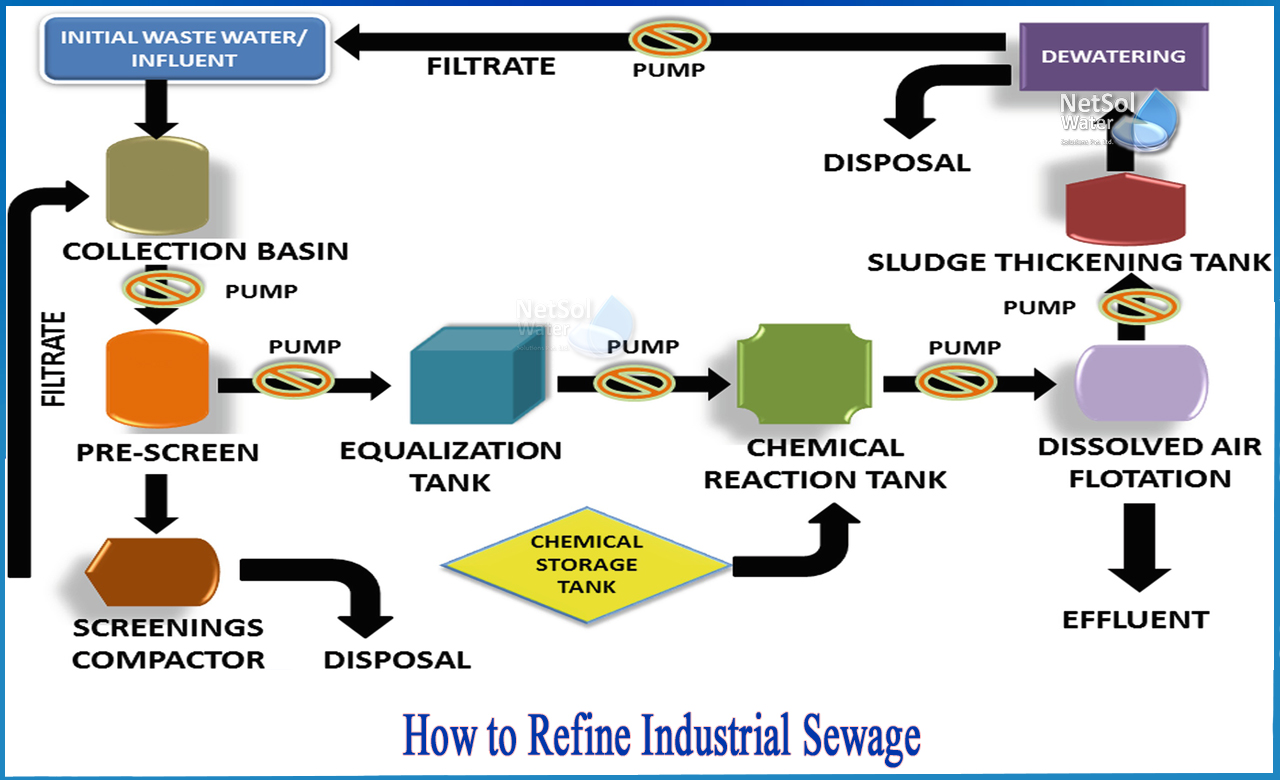Industrial Waste Water Treatment-- Enhance Effectiveness with Personalized Water Treatment Equipments
Industrial Waste Water Treatment-- Enhance Effectiveness with Personalized Water Treatment Equipments
Blog Article
Developments and Advances in Hazardous Waste Water Treatment Technologies
The landscape of industrial wastewater therapy is undergoing a transformative change, driven by developments that boost both effectiveness and sustainability. Arising innovations, such as membrane bioreactors and microbial gas cells, are redefining contaminant elimination processes while adding to energy generation. Resource recuperation techniques are gaining grip, aligning with round economy principles. As governing standards evolve, the assimilation of AI and artificial intelligence into wastewater administration systems promises to ensure and enhance procedures compliance. The complete effects of these advancements increase important inquiries about their scalability and long-lasting influence on market techniques.
Review of Drainage Therapy Technologies
Wastewater therapy innovations include a variety of techniques developed to remove contaminants from commercial effluents prior to their release into the environment. These technologies are crucial for maintaining ecological equilibrium and making sure compliance with environmental regulations. The key groups of wastewater treatment include physical, chemical, and organic approaches, each serving distinct objectives based upon the nature of the contaminants present.

Organic treatment methods utilize microbes to degrade natural issue, making them specifically effective for organic-rich effluents. Methods like turned on sludge and biofilm activators harness the natural degradation abilities of microorganisms, bring about significant reductions in biochemical oxygen demand (BODY)
Advanced Purification Strategies
Advanced purification techniques represent a vital advancement in the world of commercial wastewater therapy, boosting the performance of contaminant removal processes. Industrial Waste Water Treatment. These methods encompass a series of modern technologies, consisting of microfiltration, ultrafiltration, nanofiltration, and turn around osmosis, which give consecutive obstacles for numerous fragment dimensions and chemical frameworks
Microfiltration and ultrafiltration use membrane systems to eliminate suspended solids, bacteria, and larger organic particles, boosting the top quality of effluent previous to additional treatment. Nanofiltration connects the gap between ultrafiltration and turn around osmosis, properly getting rid of organic compounds and divalent ions, thus lowering the lots on downstream procedures.
Reverse osmosis provides the greatest level of filtration by permitting only water and small particles to go through its semi-permeable membrane layers, making it optimal for recovering top quality water from industrial effluents. Current improvements in membrane technology, consisting of the advancement of more durable and fouling-resistant materials, have dramatically enhanced operational performance and minimized costs.
Including these sophisticated filtration strategies not only boosts the general treatment procedure but additionally adds to sustainability initiatives by allowing water reuse and resource recuperation in industrial setups. (Industrial Waste Water Treatment)
Biological Therapy Developments

In addition, the advancement of engineered organic systems, such as membrane layer bioreactors (MBRs), combines organic therapy with advanced membrane layer filtering. This assimilation permits higher effluent quality and decreased impact, making it ideal for space-constrained commercial centers. a fantastic read Developments in genetically crafted microbes have additionally emerged, enhancing the biodegradation of certain contaminants, such as drugs and heavy steels, that are typically testing to eliminate.
In addition, the implementation of bioaugmentation approaches, where helpful microbes are presented to enhance the existing organic therapy processes, has actually shown appealing results in enhancing therapy performance. These innovations collectively indicate a pattern in the direction of more sustainable and reliable organic treatment methods that can adjust to the advancing intricacies of commercial wastewater streams. As industries remain to focus on ecological compliance, these biological technologies will play a vital duty in wastewater management.

Source Recuperation Approaches
In commercial setups, the combination of source healing methods has actually come to be progressively important for improving sustainability and reducing waste. These techniques concentrate on removing useful materials and power from wastewater streams, consequently transforming possible pollutants into multiple-use resources.
One noticeable technique is nutrient healing, where nitrogen and phosphorus, frequently existing in excess in wastewater, are recorded and converted right into fertilizers. This not only lowers environmental impacts yet also gives a circular economic climate solution for agricultural applications. In addition, technologies such as anaerobic food digestion allow the original source for the conversion of organic waste right into biogas, a renewable energy resource that can offset fossil gas usage in industrial operations.
In addition, advanced filtering and membrane layer modern technologies help with the healing of commercial by-products such as metals and salts. These recouped materials can be reintegrated into manufacturing procedures, lowering the need for virgin resources.
Future Patterns in Drainage Monitoring
As industries increasingly prioritize sustainability, the future of wastewater administration is established to undertake substantial improvements. Technical advancements, such as synthetic intelligence and maker discovering, will certainly make it possible for more efficient monitoring and management of wastewater systems. These technologies can anticipate maintenance demands, maximize therapy procedures, and boost decision-making, inevitably lowering functional expenses and ecological effect.
Additionally, the combination of circular economic climate principles will play a vital function in wastewater administration. Industries are expected to shift towards systems that not just deal with wastewater however likewise recover valuable resources, such as nutrients, water, and power. This shift will reduce waste and promote the reuse of materials, straightening with international sustainability objectives.
Emerging treatment strategies, such as membrane layer bioreactors and advanced oxidation processes, will certainly additionally improve the effectiveness of wastewater therapy, enabling better effluents ideal for reuse. In addition, regulative frameworks are likely to progress, highlighting more stringent requirements for wastewater discharge and encouraging sectors to embrace innovative therapy options.
Conclusion
In final thought, the evolution of commercial wastewater therapy technologies demonstrates a considerable change in the direction of enhanced effectiveness and sustainability (Industrial Waste Water Treatment). Technologies in advanced filtration methods, organic therapies, and source recovery techniques highlight the sector's dedication to ecological stewardship.
The landscape of industrial wastewater treatment is undergoing a transformative shift, driven by advancements that improve both performance and sustainability.Wastewater therapy modern technologies encompass a range visite site of methods developed to eliminate contaminants from industrial effluents before their launch into the atmosphere.Using the power of biological processes has led to considerable advancements in the therapy of commercial wastewater.In addition, the execution of bioaugmentation approaches, where beneficial microbes are presented to boost the existing organic therapy processes, has shown promising outcomes in boosting therapy performance. These developments collectively signify a trend in the direction of even more sustainable and effective organic treatment approaches that can adapt to the evolving intricacies of commercial wastewater streams.
Report this page